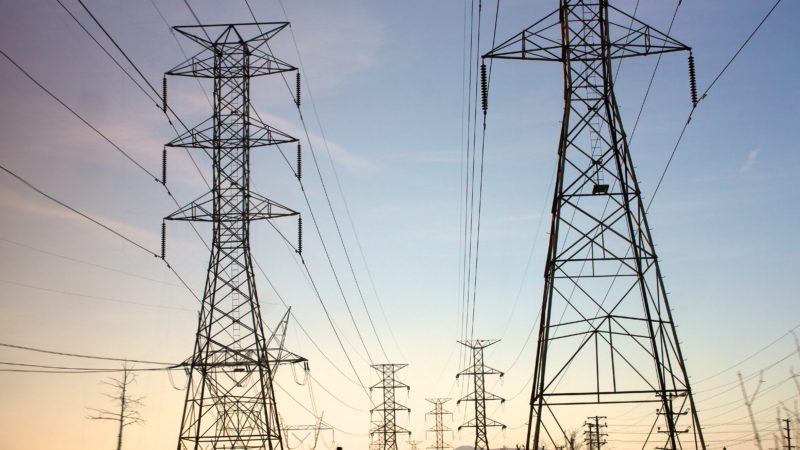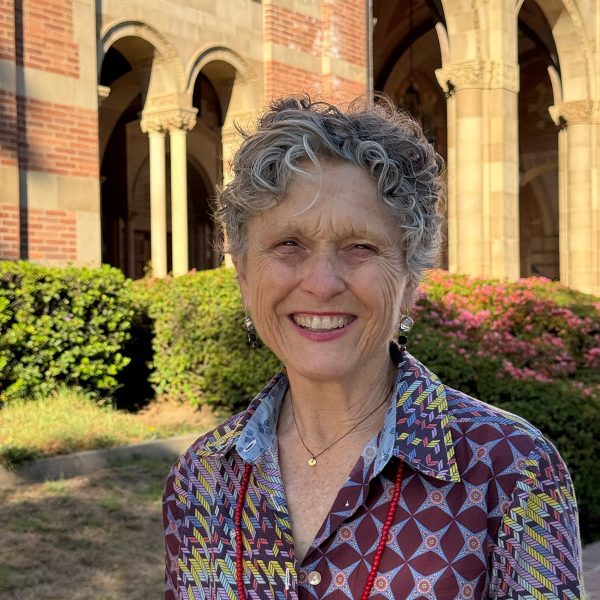In this project, UCLA and Arizona State University researchers developed a sophisticated and in-depth description of future electricity demand, grid response, and vulnerability due to increased heat events in Southern California Edison territory under current and future climate scenarios. The project’s findings enable innovative grid management and operation strategies and identify adaptation guidance.
Download the Fact Sheet | Download the Project Description | Download the Policy Brief | Download the full technical report | View the final presentation
The issue
Because Los Angeles County is such a geographically diverse region, climate change will be experienced differently across neighborhoods. Understanding the localized effects of climate change is a critical step toward assessing impacts on communities. Research predicts average annual temperatures in the Los Angeles region will be warmer by 3–5 degrees Fahrenheit by mid-century, and that the region will see an increase in the number of “extreme heat days” that varies regionally, with some cities experiencing up to 5–6 times their current levels. What is still unknown, however, is how and where these increases in temperature will impact the electric grid.
Project innovation
This project developed a sophisticated and in-depth description of future electric grid demand and vulnerability due to increased heat events in Southern California Edison territory under current and future climate scenarios. The findings enable innovative grid management and operation strategies and identify adaptation guidance. Ultimately, researchers are providing the information to local governments, regional and state agencies, utilities, and the general public in tangible, easy-to-understand formats to enhance local and state capacity to respond to potential disruptions in transmission due to climate change.
Findings
Future increases in extreme heat lead to increased peak electricity demand. The extent of the increase depends on population growth and choices made about development (multifamily housing is more energy-efficient than single-family detached homes). Demand increases—plus ambient temperatures themselves—stress electric grid components, decreasing supply and transmission and increasing the risk of equipment failures and outages during times of peak demand. The Antelope, San Gabriel, and western San Fernando Valleys are most vulnerable to outages. For more, see the project’s Fact Sheet and Policy Brief.
More about this project
This work was funded by the California Energy Commission and included in California’s 4th Climate Change Assessment. It was a collaboration between the California Center for Sustainable Communities and Center for Climate Science at UCLA IoES and Arizona State University.
Related Publications





